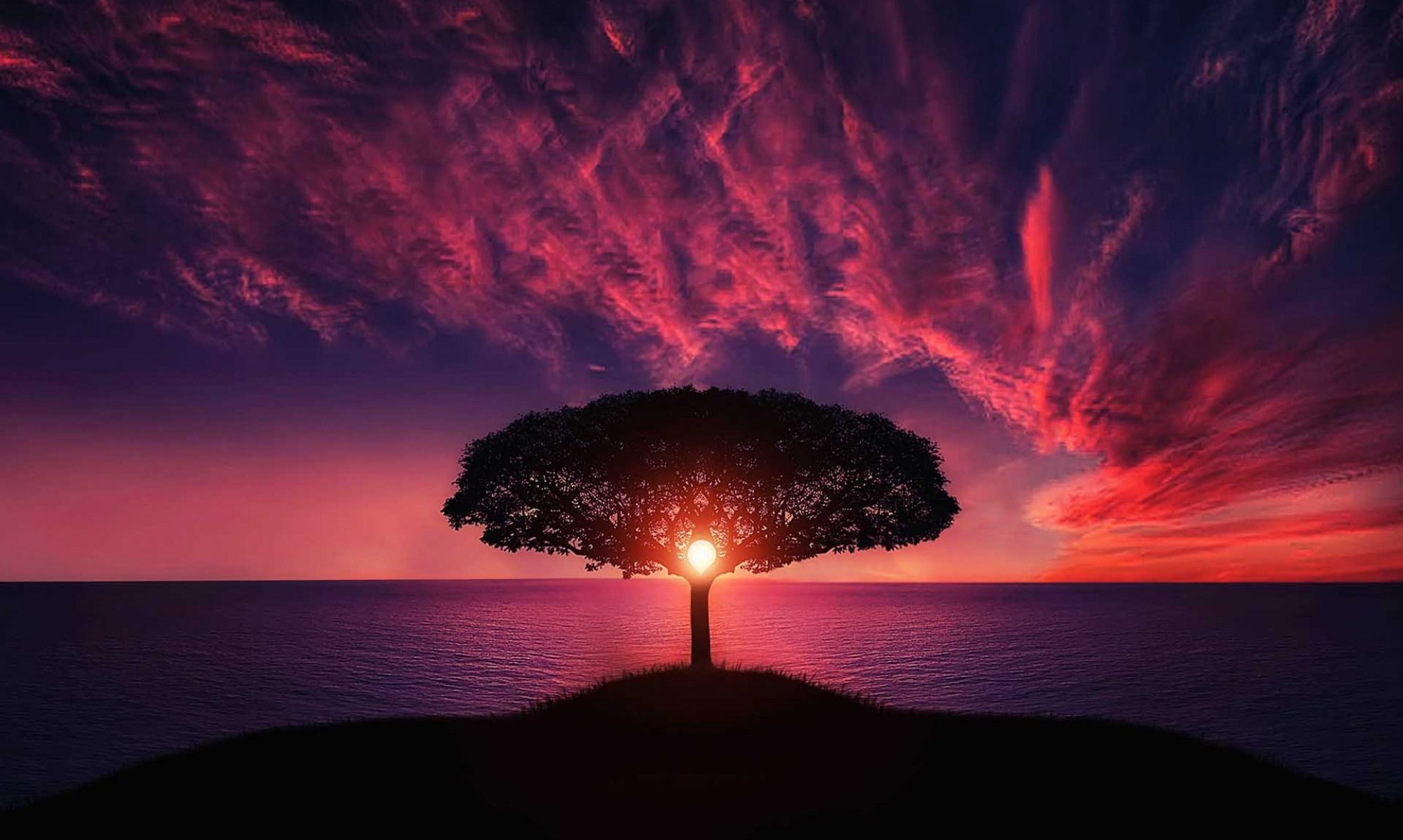There are more trees on Earth than stars in our galaxy

NASA experts believe there could be anywhere from 100 billion to 400 billion stars in the Milky Way galaxy, Snopes reports. However, a 2015 paper published in the journal Nature estimated that the number of trees around the world is much higher:
As a gas, oxygen is odorless and colorless. In its liquid and solid forms, however, it looks pale blue. Some science facts are just plain weird. Next, learnfascinating facts about America and its history that you never learned in school.
Only one letter doesn’t appear in the periodic table

It’s the letter J. Go ahead and double check.
Bananas are radioactive
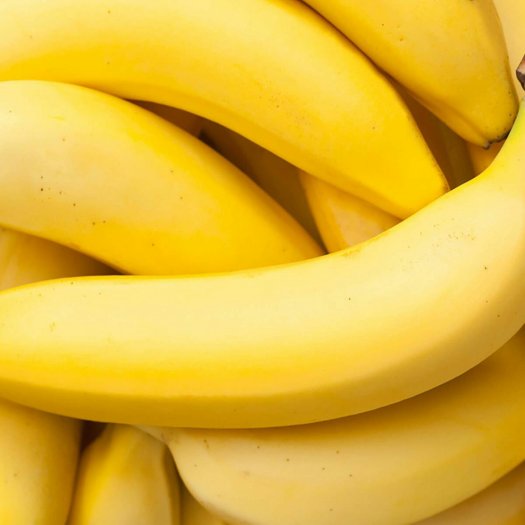
For one of our strangest science facts, bananas contain potassium, and since potassium decays, that makes them slightly radioactive. But it’s nothing you need to worry about. You’d need to eat 10,000,000 bananas at once to die of radiation poisoning,
Hot water freezes faster than cold water
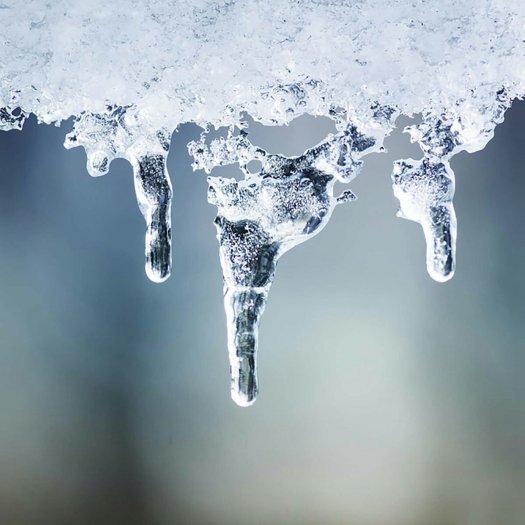
This fact seems counterintuitive, but it’s called the Mpemba effect, after a Tanzanian student named Erasto Mpemba who told his teacher than a hot mixture of ice cream froze faster than a cold one. Scientists now believe this is because the velocities of water particles have a specific disposition while they’re hot that allows them to freeze more readily. If proven correct, this finding could also have implications in daily life, like cooling down electronic devices.
Humans are related to fungi
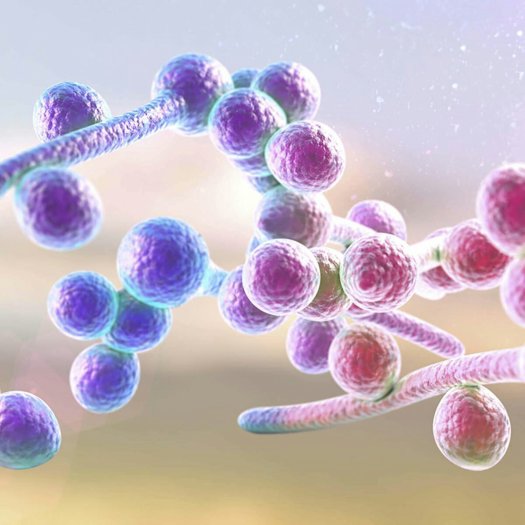
A 2015 study from the University of Cambridge suggests that mankind may have evolved with genes that came from plants. Because of those findings, researchers accept that about 1 percent of the human genome could have been acquired from plants, The Telegraphreports. So all those times your corny uncle called himself a “fungi”? He was actually sort of right.
It can rain diamonds on other planets
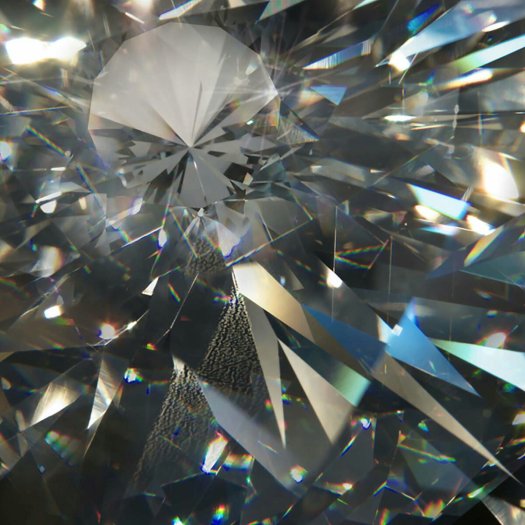
Diamonds are definitely the Milky Way galaxy’s best friends. Studies have examined the potential that Neptune, Uranus, Jupiter, and Saturn have to produce diamonds. The atmospheres in all four planets have such extreme pressure that they can crystalize carbon atoms and turn them into diamonds. Scientists were able to create the correct conditions in a lab to prove this occurson Neptune and Uranus. Separately, adifferent group of researchers speculates that it may rain as much as 2.2 million pounds of diamonds on parts of Saturn every year––this is definitely the richest of our science facts!
About half of your body is bacteria
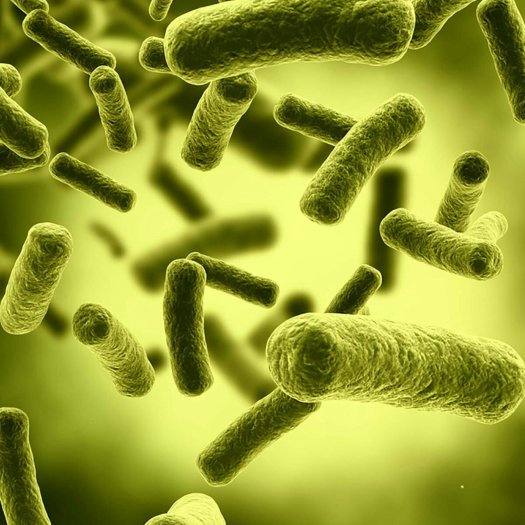
That’s right. A 2014 study estimates that the human body consists of 39 trillion bacteria and 30 trillion human cells. In the past, researchers thought we were more bacteria than human with a ratio of 10:1. While this new calculation is probably closer to the true numbers, it’s not a hard fact
Men are more likely to be colorblind than women
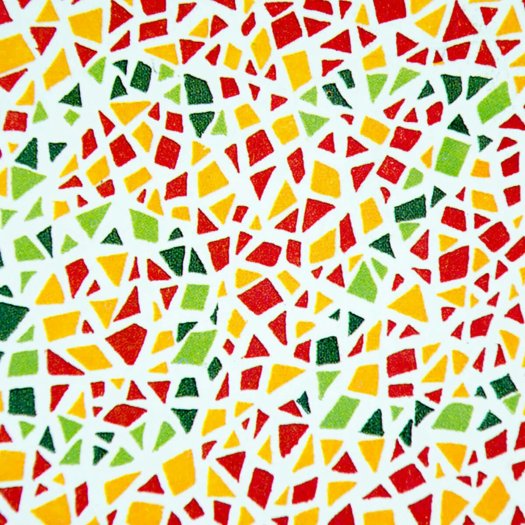
The genes responsible for the most common type of colorblindness are found on the X chromosome, the National Eye Institute explains. Even if women have the genes on one of their two X chromosomes, a properly functioning gene on the other one makes up for that loss. If men inherit the gene on their only X chromosome, they’ll become colorblind.
We have no idea what most of the universe looks like

About 96 percent of the universe is made up of dark matter and dark energy, which are undetectable to humans. Scientists believe this is because the particles that make up these substances don’t interact with regular matter or light. Even though scientific discoveries are constantly being made about the stars, planets, and other galaxies we can see, it’s impossible to make conclusions about things that are invisible to our eyes.
The first oranges weren’t orange
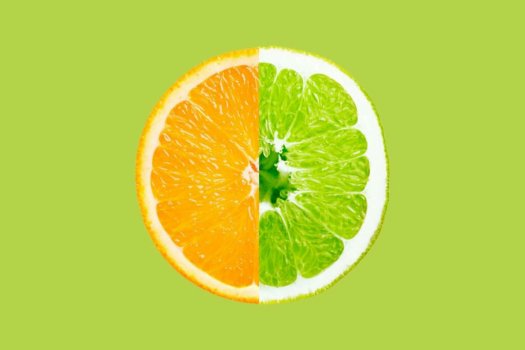
The original oranges from Southeast Asia were a tangerine-pomelo hybrid, and they were actually green. In fact, oranges in warmer regions like Vietnam and Thailand still stay green through maturity.
